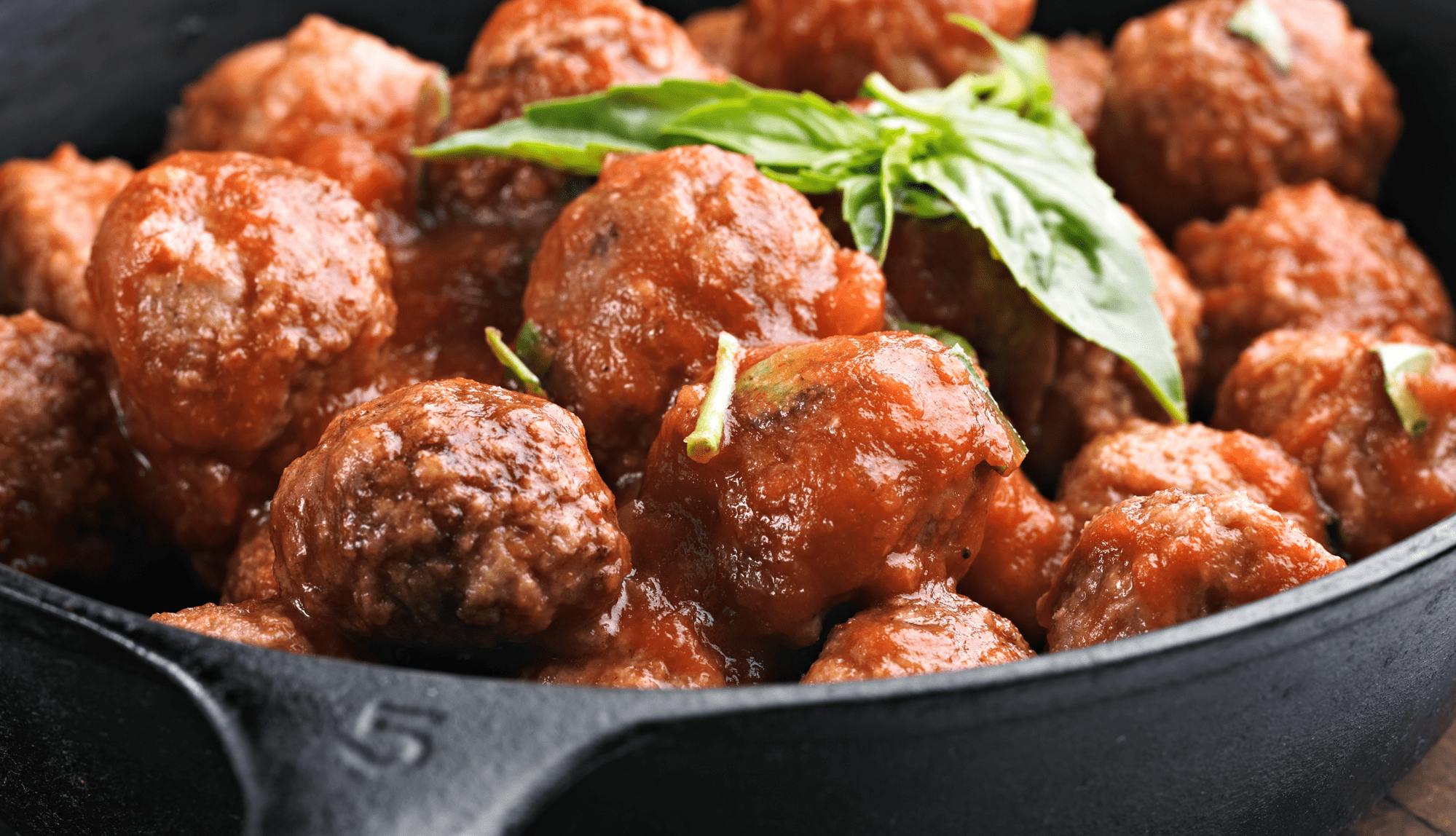Market Overview
Europe’s estimated €30 billion functional/fortified food and beverage market is forecast to grow at a CAGR of 2.9% between 2020 and 2025.1 While food accounts for 64% of this market, higher growth is expected for beverages (at 5.1%) than foods (at 1.6%).2
The UK leads in sales of functional/fortified foods and beverages with a 23% market share, followed by Germany (16%), France (12%), Spain (10%), and Italy (9%).3 While the UK represents the largest European market for functional/fortified packaged foods, Germany is the largest for beverages.4 Functional/fortified beverages are growing the fastest in Sweden (CAGR 8.9% from 2020 to 2025) and the UK (CAGR 7.1%).5 See how newer categories like functional RTD coffees, teas, and waters are driving growth.
Breakfast and Energy Categories Lead in Fortified/Functional Market
The top companies in Europe’s functional/fortified food market are major players in the breakfast category, especially in yogurt and cereal. Danone leads with a 15% market share, followed by Kellogg with 5%, and Nestle and Mars each with 3%.6 For functional/fortified beverages, energy and soft drink companies dominate, with Red Bull claiming a 23% market share, Monster 10%, and 8% each for Coca-Cola and Suntory.7
Three Key Trends Supporting Fortification
While fortified products make up an important part of Europe’s total food and beverage market (for example, through breakfast and energy products), some key trends are emerging that point to new opportunities in fortification:
1. COVID Driving Interest in Healthier Lifestyles
The COVID-19 pandemic has been impacting Europe’s food and beverage market as more consumers look for products to help support their health. FMCG Gurus reports 41% of consumers in Europe have researched how to eat and drink more healthily as a result of COVID-19, while another 41% have sought out functional products with health-boosting ingredients more often.8


